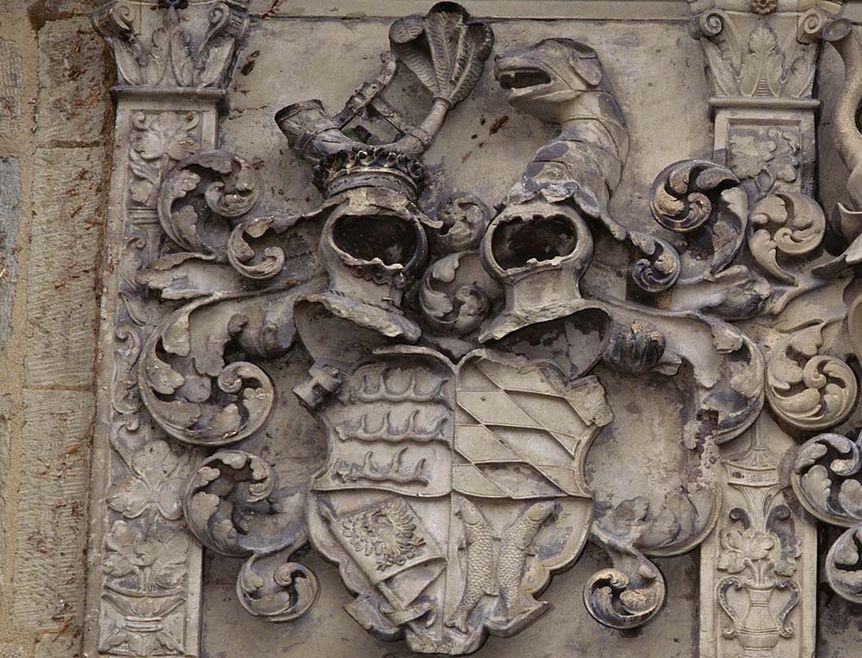THE FIRST PROTESTANT PRINCEULRICH VONWÜRTTEMBERG
Ulrich von Württemberg (1487–1550) is undoubtedly one of the most prominent, but also most controversial figures in Württemberg's history. His fate is closely tied to that of his duchy, which he temporarily lost. He brought the Reformation to Württemberg and dissolved the Hirsau Monastery.










